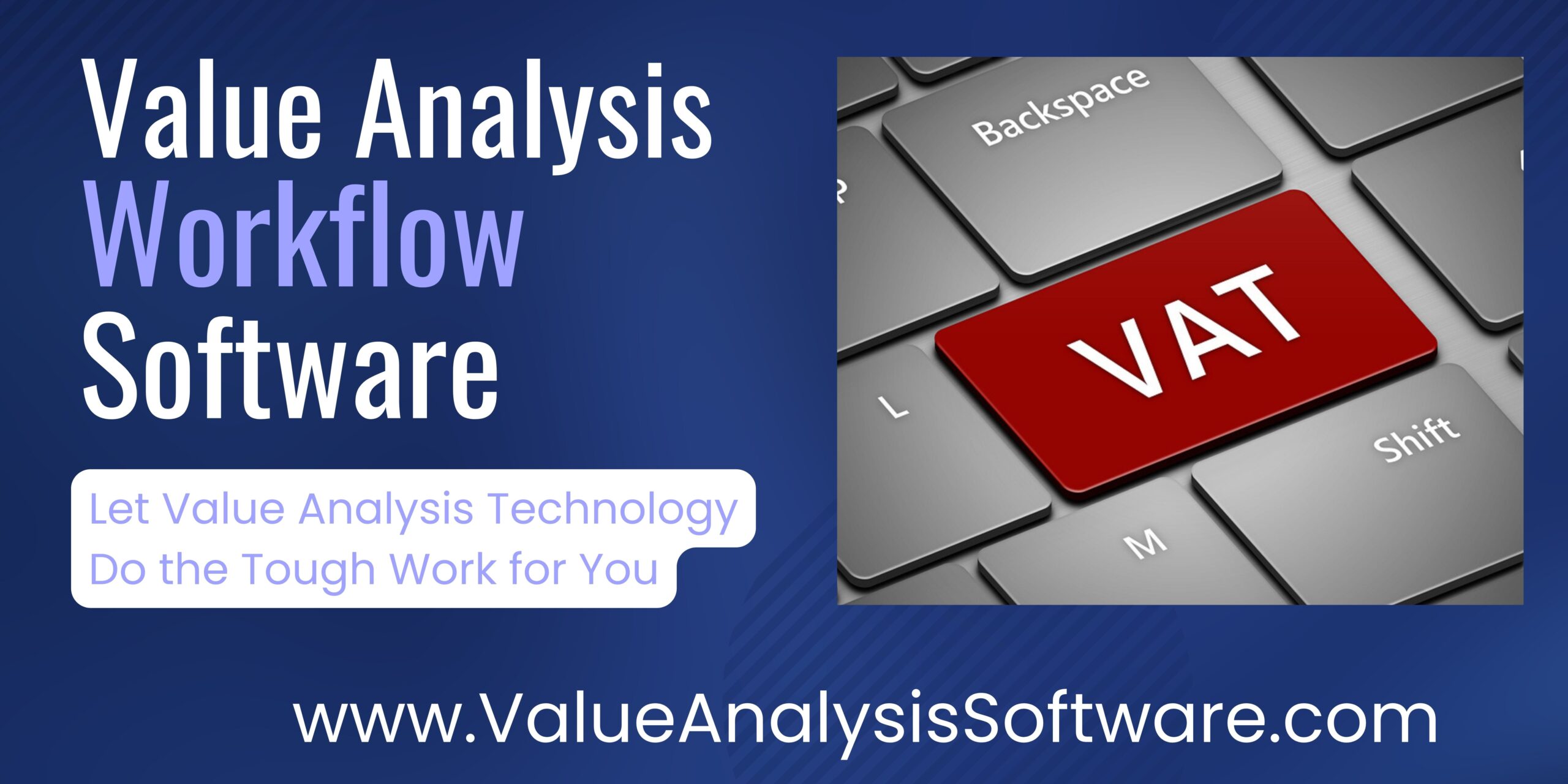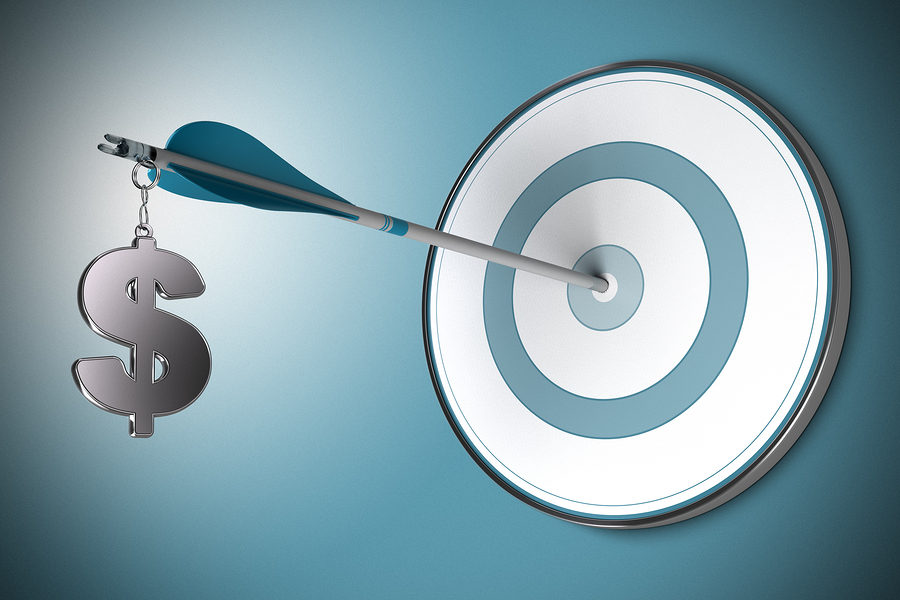Robert T. Yok, President, SVAH Solutions
No longer can value analysis practitioners just evaluate new products for their appropriateness, quality, and their safety features. VA practitioners now need to be more productive in their practices since time and resources represent money too and need to be managed effectively.
Value Analysis Teams Can Be Very Costly
Some hospitals, systems, and IDNs have six, eight, or even twelve value analysis teams with 10 to 15 members who meet monthly for one or more hours. Do you know what your VA meetings are costing your healthcare organization? For example, it is my estimate that it is costing a hospital, system, or IDN with six VA teams (six teams x 10 members x 1 hour [60 hours x $27.00 average hourly rate] a minimum of $1,620 per meeting.
Even if you only have one VA team with 10 members meeting monthly it is still costing your healthcare organization $3,240 annually (at a $27.00 hourly rate). This figure does not include benefits or the hours spent by team members outside VA meetings investigating new product, service, or technology offerings. As you can easily see, your value analysis meetings can be very costly, even if you are saving money at each and every VA team meeting.
Do You Need a VA Team to Evaluate Every Offering?
With the above in mind, the first value analysis time and money saving idea I recommend is to only have your value analysis teams evaluate products, services, or technologies that have an annual purchase value of $25,000. You can decide on higher dollar amounts if your hospital has over 100 occupied beds. This one change in your value analysis policy could cut your VA meeting agendas in half and make them more productive.
This doesn’t mean the remaining products, services, or technologies aren’t evaluated for appropriateness, quality, or safety. It just means that these commodities are now evaluated by your hospital’s buyers along with the customers that would be effected by any change. Trust me when I tell you that this change in your VA policy won’t detract from your VA program, but will enhance it since your VA team members won’t be overwhelmed by the volume of products, services, and technologies they need to evaluate.
Convert Your VA Committee and Team Members to Project Managers
One of the most effective value analysis productivity management techniques we have discovered and promoted is to convert all of your VA team members to project managers. You do this by assigning a VA project (i.e., product, service, or technology evaluation) to each of your team members. If you have 10 team members then you have 10 VA projects started at one time. The process is then repeated as each project is completed. This VA project team model also gives you clarity, visibility, and accountability on all of your value analysis projects, since at each VA meeting you have your 10 project managers report on the progress of their projects. You will also need a team leader who should be one of your hospital, system, or IDN’s department heads to lead, coach, and guide your VA team’s efforts. Ideally, as a value analysis practitioner you would facilitate (e.g., active listening, ask questions, encourage participation, etc.) these VA meetings, not lead them.
90-Day Completion Timeline for Each VA Project
Another big time and money saving idea is to have all of your VA projects have a 90-day completion timeline. This means that if your VA project managers don’t have their VA projects completed within 90 days they need to have their projects reviewed by your value analysis steering committee (I hope you have one) to obtain a 90-day extension on their project. Otherwise, your value analysis projects could go on forever without a conclusion while costing your healthcare organization hundreds or even thousands of dollars unnecessarily without an adequate return-on-investment.
Return on Investment Should Be Your Measurement of Success
There are many metrics (e.g., money savings, projects completed, quality improvements, etc.) that can be used to measure the success of your value analysis program. I would suggest that the best measurement would be return on investment (i.e., annual savings/labor + capital investment to attain savings = ROI), which encompasses not only the money you saved, but the labor and capital that was invested to save the money. For example, if you saved $10,000 and invested $1,500 to do so, your ROI is 7:1. This number rightly reflects your value analysis productivity, too, which is becoming just as important as the money you save your healthcare organization annually.





